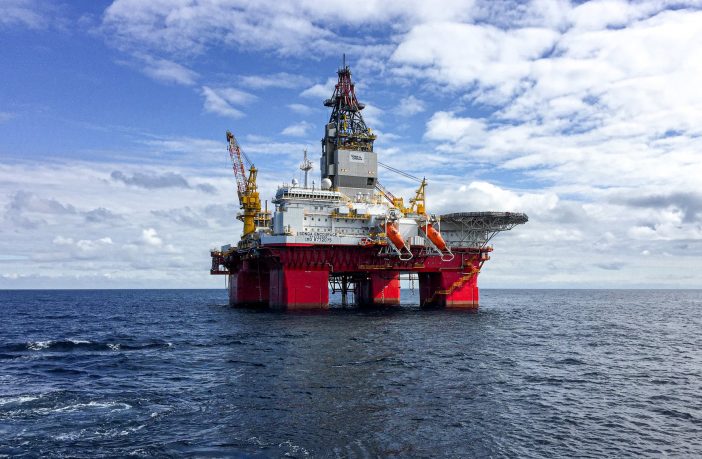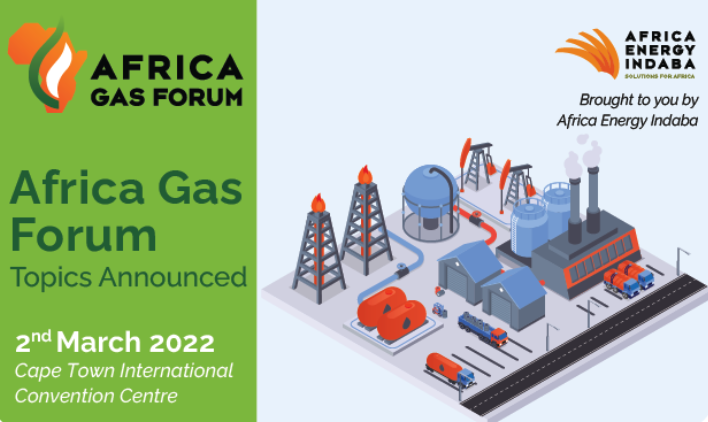- A new report on ‘The role of gas in South Africa’s path to net-zero’ has been released by the National Business Initiative (NBI).
- The report finds that gas can, if affordably supplied, play a key role as a transition fuel to replace more emissions-intensive fossil fuels like coal and diesel, and provide flexible capacity to enable a rapid scale-up of renewables, until alternative energy storage solutions and greener fuels become affordable.
- New investments in gas infrastructure should consider the future repurposing of the assets for the usage of green gases (e.g., green hydrogen blends or green hydrogen).
- For South Africa to achieve a net-zero 2050 target, gas will need to be substituted with greener alternatives and phased out by 2050.
- A ‘Just Transition’ towards net-zero and advancing South Africa’s socio-economic context was a key guiding principle of the study.
The report also warns that gas in short supply can increase the country’s carbon footprint highlighting that reserves of the Pande-Temane gas fields in Mozambique are declining, and supply is expected to be constrained from about 2025 onwards, presenting a supply risk if additional gas cannot be sourced at an affordable price. Pande-Temane is currently the country’s only main source of gas.
This poses a risk to the decarbonisation ambitions of key sectors in the South African economy, which will rely on gas as a transition fuel or low carbon feedstock. A future with no additional gas could lead to more cumulative emissions in the long-run across the synfuels, power and industrial sectors, due to the extended use of coal and diesel in the absence of greener alternatives.
Gas demand driven by four key sectors
South Africa’s potential future gas demand will be driven by four key sectors with proven use cases for gas as a transition fuel or lower emission feedstock:
1) Power: Use gas in gas-to-power (GTP) plants to enable a high penetration of renewable energy in the power system by providing the flexible capacity to manage the long-duration intermittency, which battery storage cannot currently address.
2) Synfuels: Introduce additional gas to enable the phase-out of significantly more carbon-intense coal feedstock in the production of liquid fuels.
3) Industry: Phase out higher emitting coal, and to a lesser extent diesel, with additional gas as an energy source for industrial heat generation and other processes.
4) Transport: Use gas as an alternative to diesel, albeit at a small scale, for heavy-duty (predominantly >15 tonne) commercial road transport in the short- to mid-term while alternative greener technologies mature and become economically viable.
Five pathways
Considering South Africa’s supply options, five strategic gas infrastructure pathways exist: 1) No additional gas supply; 2) Piped gas and exploration – Rovuma and Brulpadda; 3) Piped gas only – Rovuma only; 4) Exploration only – Brulpadda only; and 5) LNG. The LNG pathway emerges as optimal for South Africa because of the socio-economic benefits it yields, and the inherent flexibility to ramp down supply post-2040 and minimise the risk of stranded assets and gas infrastructure lock-in.
■ Pathway 1: A no additional gas supply pathway has the lowest infrastructure lock-in risk, but alsothe lowest socio-economic benefit, and leads to ~400–600 Mt higher cumulative emissions in the long-run. Given the higher carbon-intensity of alternatives, this pathway could yield higher carbon tax burdens for consumers.
■ Pathways 2–4: These are only relevant in a high demand scenario and present a high risk of stranded assets and carbon lock-in, with large capital investments of ~ZAR70–200 bn required. Rovuma piped gas, in particular, is highly complex with significant political and security risks to be addressed. Extracting gas from Brulpadda and Luiperd may also be technically complex , which could further increase the cost of these pathways.
■ Pathway 5: The LNG pathway is optimal for South Africa given the flexibility it provides, due to shorter lead times as demand ramps down post-2040 to achieve net-zero, and due to the positive socio-economic benefits it brings. The negative impact on the trade balance will need to be offset by new green export industries, such as a South African e-fuels industry.
Advancing South Africa’s socio-economic context
The move towards the net-zero vision for the economy by 2050, South Africa must mitigate rather than exacerbate existing socio-economic challenges and seize emerging economic opportunities to support its socio-economic development agenda. How to ensure a Just Transition towards net-zero and advancing South Africa’s socio-economic context, is a key guiding principle of the study.
Link to the full report HERE
Author: Bryan Groenendaal
South Africa’s gas sector will be a hot topic at the Africa Energy Indaba 2022 happening 1-3 March at the Cape Town International Convention Centre. The event has a special ‘Africa Gas Forum’ which runs as a side event. Do not miss it! Register to attend HERE


















2 Comments
Please I’m looking for training course I’m currently in Cape town South Africa
Please help.
For course venue, costs, and any other details you require, please contact Tsakani Mashila at the GREEN Solar Academy. Whatsapp +27 (0) 073 223 0521, email: tsakani@solar-training.org